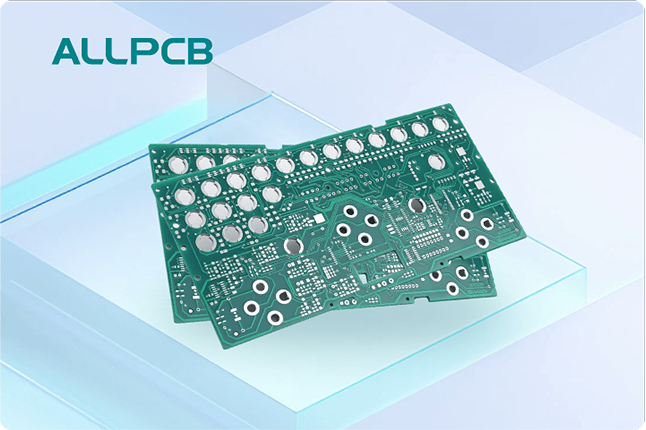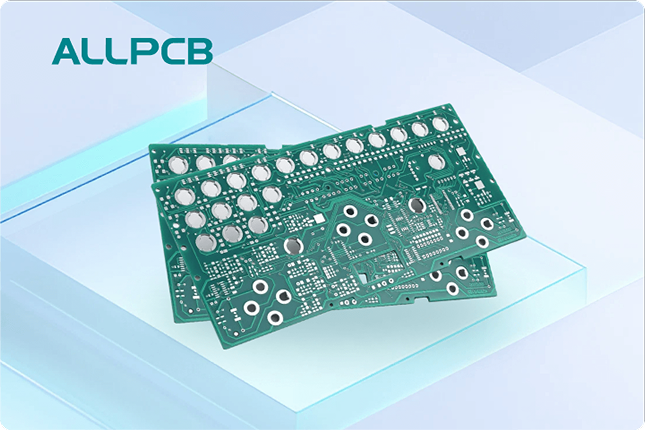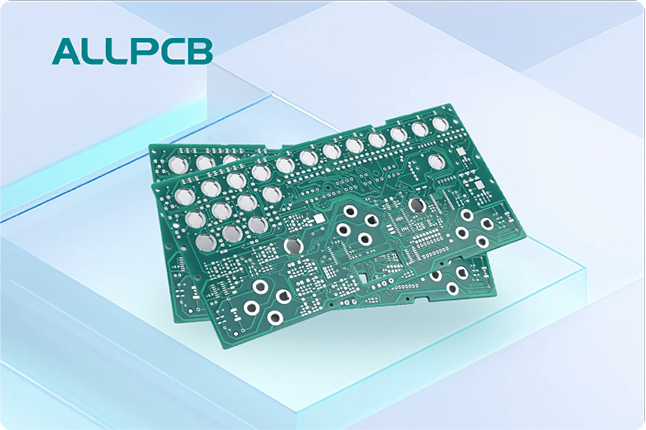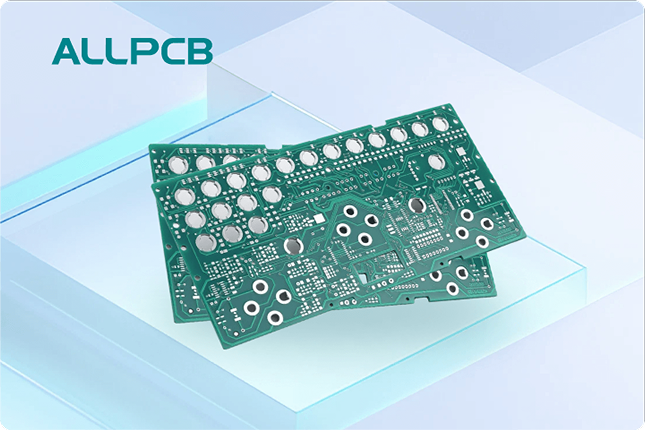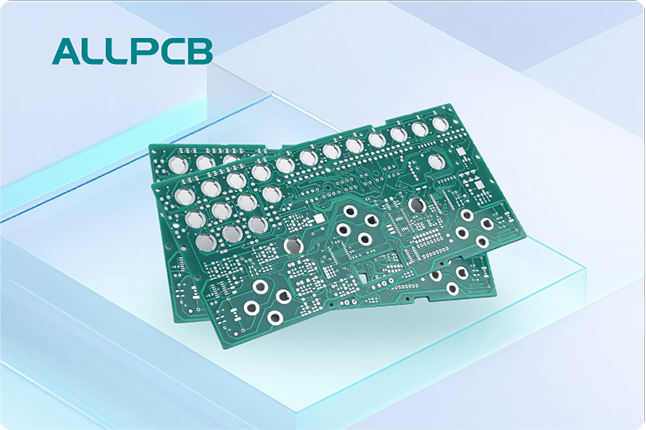In the fast-evolving world of electronics, sustainability is no longer just a trend—it’s a necessity. For engineers looking to design eco-friendly PCBs, selecting the right biodegradable substrate is a critical step. This guide will help you navigate the process of choosing sustainable PCB materials, focusing on biodegradable options that reduce environmental impact while maintaining performance. Whether you're searching for a biodegradable PCB selection guide, eco-friendly PCB design tips, or sustainable PCB materials, this post offers actionable insights tailored for engineers.
Let’s dive into the details of biodegradable substrates, their benefits, and how to select the best one for your next project. From understanding material properties to evaluating performance metrics, we’ve got you covered with practical advice and data-driven insights.
Why Eco-Friendly PCBs Matter in Modern Engineering
The electronics industry generates millions of tons of electronic waste (e-waste) annually. According to the Global E-waste Monitor 2020, the world produced 53.6 million metric tons of e-waste in 2019, with only 17.4% being recycled. Traditional PCBs, made from non-biodegradable materials like fiberglass and epoxy resins, contribute significantly to this problem. These materials can take centuries to decompose, releasing harmful chemicals into the environment.
Eco-friendly PCBs aim to address this issue by using sustainable materials that break down naturally or can be recycled more effectively. For engineers, adopting biodegradable substrates not only helps reduce e-waste but also aligns with global regulations on environmental responsibility, such as the EU’s Restriction of Hazardous Substances (RoHS) directive. Plus, it enhances brand reputation in an increasingly eco-conscious market.
Understanding Biodegradable PCB Substrates
A PCB substrate is the base material that supports the copper traces and components of a circuit board. In traditional designs, substrates are often made of FR-4, a composite of woven fiberglass and epoxy resin. While durable, FR-4 is not biodegradable and poses recycling challenges.
Biodegradable substrates, on the other hand, are made from materials that can decompose naturally through microbial action. These materials aim to minimize environmental harm while still providing the mechanical and electrical properties needed for PCB functionality. Some common biodegradable substrate options include:
- Cellulose-Based Materials: Derived from plant fibers, cellulose substrates are lightweight and fully biodegradable. They are often used in low-power, single-use applications due to their limited thermal stability.
- Polylactic Acid (PLA): A bioplastic made from renewable resources like corn starch, PLA is compostable under industrial conditions. It offers moderate mechanical strength but may not withstand high temperatures (typically degrading above 60°C).
- Recyclable Composites: Some innovative substrates combine natural fibers with water-soluble resins, allowing the material to break down in water while enabling component recovery.
While these materials are promising, they often have trade-offs in terms of dielectric constant, thermal resistance, and mechanical durability compared to traditional substrates. Engineers must balance sustainability goals with performance requirements when selecting a biodegradable substrate.
Key Factors in Biodegradable PCB Selection Guide
Choosing the right biodegradable substrate for your PCB design requires careful consideration of several factors. Below, we outline the most important criteria to guide your decision-making process for eco-friendly PCB design.
1. Electrical Performance
The substrate must support the electrical requirements of your circuit. Key parameters to evaluate include:
- Dielectric Constant (Dk): This measures the substrate’s ability to store electrical energy. For high-frequency applications, a low Dk (e.g., 2.5-3.5) is ideal to minimize signal loss. Many biodegradable materials, like cellulose, have a higher Dk (around 4.0-5.0), which may limit their use in RF designs.
- Dissipation Factor (Df): This indicates signal loss due to heat. A lower Df (e.g., below 0.01) is preferable. Biodegradable substrates often have a higher Df compared to FR-4 (typically 0.02), so testing is crucial for critical applications.
For example, if you’re designing a low-frequency sensor board, a cellulose-based substrate with a Dk of 4.2 might suffice. However, for a 5G communication module requiring signal integrity at 28 GHz, you may need to explore hybrid solutions or wait for advancements in biodegradable materials.
2. Thermal Stability
PCBs often operate in environments with fluctuating temperatures. Traditional FR-4 substrates can withstand temperatures up to 130°C (Tg, glass transition temperature). In contrast, many biodegradable materials like PLA have a much lower Tg, around 55-60°C, making them unsuitable for high-heat applications such as automotive electronics.
If your project involves soldering, ensure the substrate can handle reflow temperatures (typically 220-260°C for lead-free solder). Some newer biodegradable composites are being developed to improve thermal resistance, but they are not yet widely available.
3. Mechanical Durability
The substrate must provide structural integrity to support components and withstand manufacturing processes. Biodegradable materials like PLA are often more brittle than FR-4, with a tensile strength of around 50 MPa compared to FR-4’s 300 MPa. This can lead to cracking during assembly or use in rugged environments.
For applications like wearable electronics, where flexibility is key, look for substrates reinforced with natural fibers to improve toughness without sacrificing biodegradability.
4. Environmental Impact and Degradability
The primary goal of using biodegradable substrates is to reduce environmental harm. Evaluate how the material decomposes:
- Does it require industrial composting conditions, or can it break down in a natural environment?
- How long does degradation take? For instance, PLA can decompose in 6-12 months under industrial composting but may take years in a landfill.
- Are there toxic byproducts during decomposition?
Additionally, consider the recyclability of the substrate. Some materials allow for component recovery through water-based separation processes, reducing waste further.
5. Cost and Availability
Biodegradable substrates are often more expensive than traditional materials due to limited production scale and specialized manufacturing processes. For example, while FR-4 costs around $0.50 per square foot for standard thicknesses, some biodegradable alternatives can cost 2-3 times more. Factor in these costs when budgeting for your project, especially for large-scale production.
Availability is another concern. Not all suppliers stock biodegradable materials, so plan lead times accordingly and partner with manufacturers who prioritize sustainable options.
Benefits of Sustainable PCB Materials in Eco-Friendly Design
Switching to biodegradable substrates offers several advantages beyond environmental impact. Here’s why engineers should consider sustainable PCB materials:
- Reduced E-Waste: Biodegradable materials decompose naturally, minimizing landfill contributions. Some substrates also enable easier recycling of components, cutting down on resource waste.
- Compliance with Regulations: Many regions enforce strict guidelines on hazardous materials in electronics. Using eco-friendly materials helps meet standards like RoHS and the Waste Electrical and Electronic Equipment (WEEE) directive.
- Market Appeal: Consumers and businesses increasingly prefer sustainable products. Designing with biodegradable PCBs can differentiate your product in a competitive market.
- Future-Proofing: As sustainability becomes a priority, adopting eco-friendly practices now prepares your designs for stricter future regulations and industry shifts.
Challenges in Adopting Biodegradable Substrates
While the benefits are clear, there are hurdles to overcome when integrating biodegradable materials into PCB design:
- Performance Limitations: As mentioned earlier, biodegradable substrates often fall short in thermal and electrical performance compared to traditional materials. This can restrict their use in high-performance applications like aerospace or telecommunications.
- Manufacturing Compatibility: Some biodegradable materials require modified fabrication processes, such as lower soldering temperatures or specialized etching techniques, which may not be supported by all assembly lines.
- Limited Research: The field of biodegradable PCBs is still emerging. Long-term data on reliability and degradation under various conditions is scarce, making it harder to predict performance over time.
To mitigate these challenges, start with small-scale prototypes to test material performance in your specific application. Collaborate with material suppliers to stay updated on the latest advancements in sustainable PCB materials.
Steps to Implement Eco-Friendly PCB Design
Ready to integrate biodegradable substrates into your next project? Follow these actionable steps for effective eco-friendly PCB design:
- Define Project Requirements: Outline the electrical, thermal, and mechanical needs of your PCB. This will help narrow down suitable biodegradable materials.
- Research Material Options: Explore available substrates, focusing on their properties and compatibility with your design. Look for data sheets or case studies from material suppliers.
- Test Prototypes: Build and test prototypes using the selected substrate. Measure key metrics like signal integrity (e.g., insertion loss below -3 dB for high-speed signals) and thermal performance under operating conditions.
- Optimize Design: Adjust your PCB layout to accommodate the limitations of biodegradable materials, such as wider traces to compensate for higher resistance or additional thermal vias for heat dissipation.
- Partner with Suppliers: Work with manufacturers who support sustainable materials and can provide guidance on fabrication and assembly.
Future of Sustainable PCB Materials
The field of biodegradable PCBs is rapidly advancing. Researchers are exploring new composites that combine natural fibers with bio-resins to improve thermal and electrical properties. Innovations like water-soluble substrates are also gaining traction, allowing for easy separation of components during recycling.
For instance, recent studies have shown that certain bio-based materials can achieve a dielectric constant as low as 3.2, bringing them closer to traditional substrates for high-frequency use. As production scales up, costs are expected to decrease, making sustainable PCB materials more accessible to engineers worldwide.
Staying informed about these developments can give you a competitive edge. Subscribe to industry journals or attend webinars focused on sustainable electronics to keep up with the latest trends and materials.
Conclusion: Building a Greener Future with Eco-Friendly PCBs
As an engineer, you have the power to drive sustainability in electronics by choosing biodegradable substrates for your PCB designs. This biodegradable PCB selection guide has walked you through the key factors to consider, from electrical and thermal performance to environmental impact and cost. By adopting sustainable PCB materials, you’re not only reducing e-waste but also contributing to a greener, more responsible industry.
Start small by testing biodegradable options in low-risk projects, and gradually scale up as you gain confidence in their performance. With the right approach to eco-friendly PCB design, you can create innovative, high-quality products that meet both technical and environmental goals. Let’s build a future where technology and sustainability go hand in hand.
 ALLPCB
ALLPCB


